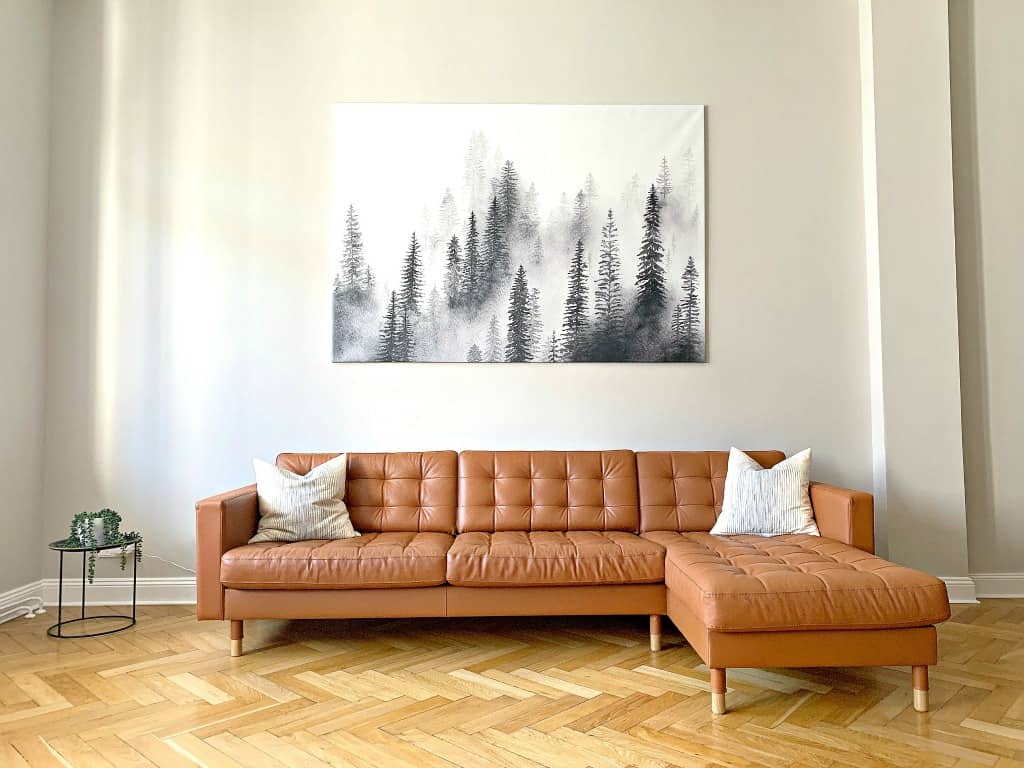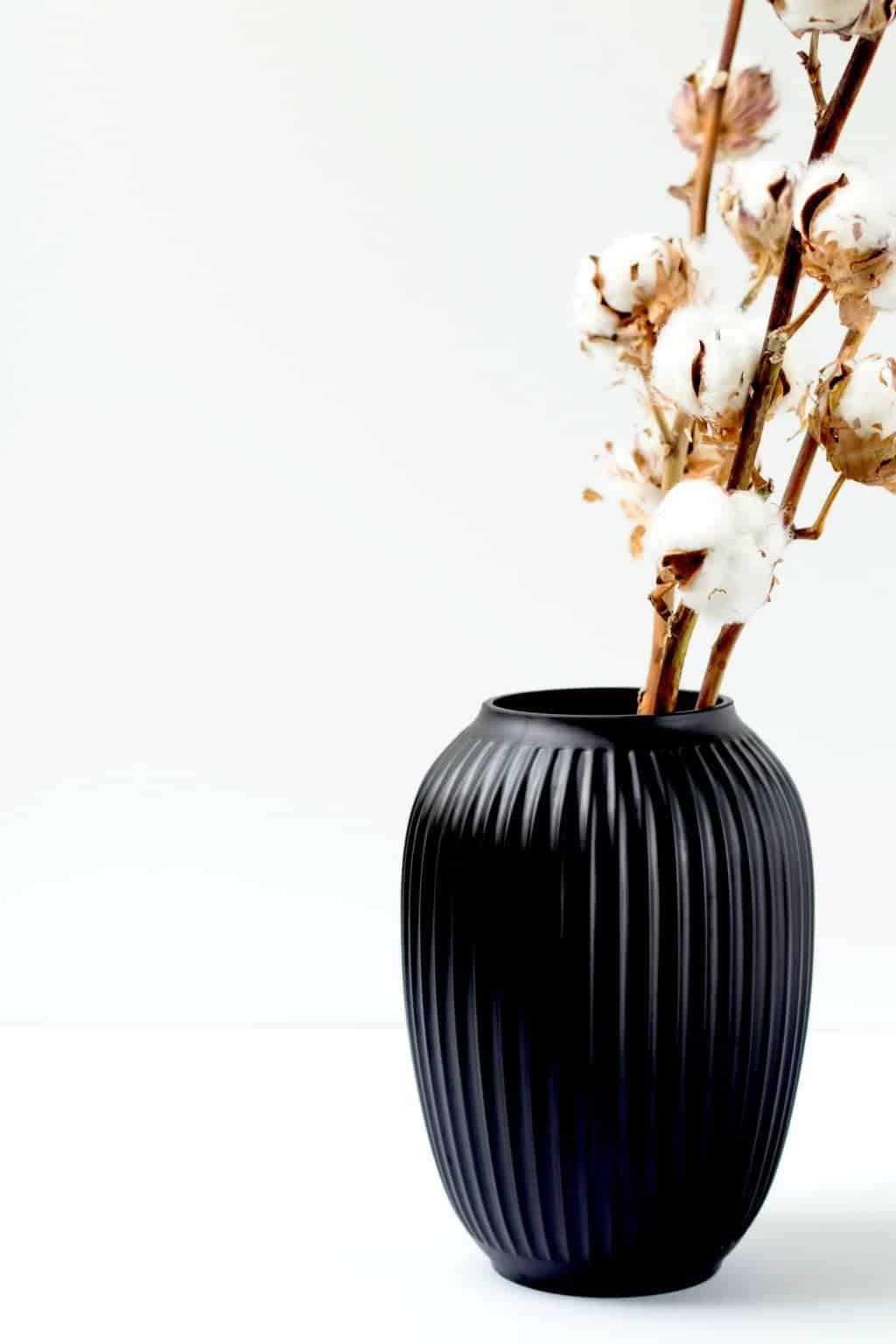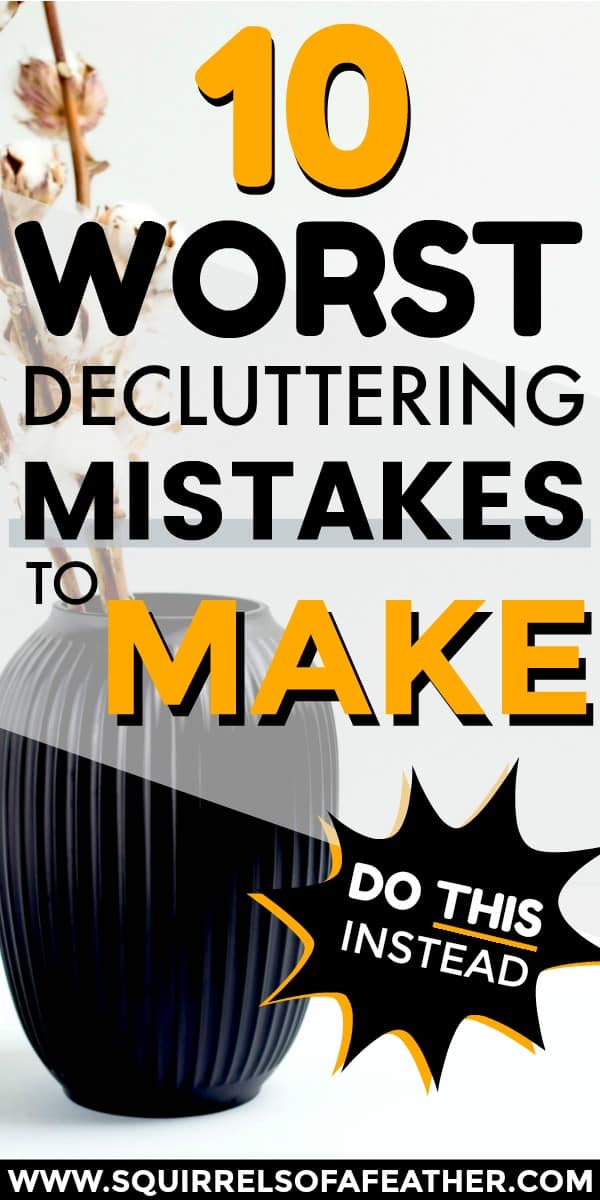10 Decluttering Mistakes to Avoid (If You Want to Succeed)
This post may contain affiliate links for your convenience. That means that if you make a purchase, I will receive a small commission at no extra cost to you. Read more here.
Let’s make sure you are set up for complete decluttering success by walking through the top ten biggest decluttering mistakes that undermine decluttering success.
Believe me, I’ve made all of these mistakes and then some!
When I first started decluttering my home with the KonMari method, the first few categories went smoothly. I started by decluttering clothing, then books, then paper, I even tackled toys and my kitchen!
But then, life happened, as life does, and my decluttering got derailed by MULTIPLE decluttering mistakes!
Then, last year, we decided to extreme declutter our home and move to Europe! I had to declutter our entire life in half a year.
Luckily, I knew a whole lot more about how to declutter, so today I am going to share my best decluttering tips so you can also find total decluttering success.
WANNA GET EXTREME? Read about how my minimalist family of four decluttered our entire life and moved to Europe with only eight suitcases!

Top 10 decluttering mistakes to avoid
Let’s dig into the top 10 most common decluttering mistakes to avoid, as well as what to do instead!
Would you rather watch the video?
1. Starting with unrealistic expectations
If you have Netflix, you can watch Marie Kondo breeze through an entire home and change that family’s life in a tidy 30-45 minutes flat.
In real life, healthy and successful decluttering takes time.
Factors that will influence how quickly you can declutter include:
- the size of your home
- how many people live in your home
- your age
- your hobbies and habits
- previous decluttering experience
- and more…
Think of decluttering like training to run a marathon; would you immediately head out the door and run 26 miles straight?
Heck no! That’s a recipe for disaster and super sore legs — hello, lactic acid!
Believe it or not, the same thing goes for decluttering your home – successful decluttering takes planning, stamina, a lot of guts, and maybe even a few tears here and there (hey, I’m going to be honest with you.)
Start decluttering your home with a good, healthy mindset and you will be setting yourself up for success and building habits that keep your home clutter-free.
2. Focusing on quantity vs. quality
Marie Kondo isn’t the only tidying guru on the block.
In fact, unless you live under a rock you have probably seen tons of sensational stories of decluttering and minimalism in your newsfeed, on YouTube, and on social media!
With titles like:
- This Man Travels the World with Only 47 Items in His Backpack
- How I Own Less Than 90 Items As An Extreme Minimalist
Do you know why you see these videos and stories in the first place?
Because they are SENSATIONAL!
Despite the clickbaity titles, most of these people didn’t start out with a clear goal to own X amount of items – rather, they organically ended up there as a result of mindful and frequent decluttering.
Look at decluttering your home as a journey rather than a goal post.
Rather than focusing on a specific number of items to own, keep asking yourself the important decluttering questions, such as:
- Does this item make me happy?
- Does this item serve a purpose or bring value to my life?
- Will I need this item sometime in the near future?
Value is not indicated by volume.
READ MORE: 120 Profound Minimalist Quotes You Will Relate to on a Spiritual Level
3. Following “expert” advice word-for-word
Reading and watching decluttering stories and learning from expert decluttering gurus is all well and good — it’s great to get inspired!
However, decluttering can be very personal.
Don’t feel pressured to follow decluttering advice from experts word-for-word — if something doesn’t feel right for you, don’t declutter it!
Always stay true to yourself, because while you should push yourself to be realistic about whether you want something or not, once it’s gone it’s gone.
Maybe the typical “minimalist aesthetic doesn’t appeal to you — stereotypical minimalist homes tend to be very monochromatic and — dare I say it? — boring.
You don’t have to wear neutral color clothing if you don’t want to; remember, color is okay, collectibles are okay, hobbies are okay, as long as they make you happy and add value to your life!
It’s rarely a decluttering mistake to listen to your gut!

4. Not having a vision or plan
Have you ever stopped to think about why you should declutter in the first place?
We’re not talking about abstract goals like, “I want to simplify my life“, here — instead, do you have a solid, concrete idea of where your decluttering is leading you?
Say you want to simplify; what would that specifically look like for you? What are you trying to achieve with your decluttering?
Common goals include:
- I want to spend less time cleaning my home.
- I want to have more time to play with my children.
- I want to enjoy cooking in my kitchen again (because it’s a total disaster).
- I want to be able to relax and have a cup of tea in an airy and clutter-free dining room.
- I want to be able to actually read all the books that I own.
Once you know what you are trying to achieve, you can create a plan on how you are going to get there!
Here are a few ways to get started:
- Meditate about what your space would look like
- Talk about your goals with family or friends
- Create a vision board (real or on Pinterest)
- Write in your bullet journal
- Download a free decluttering checklist like the one below
5. Doing too much or too little
Remember the marathon analogy?
Well, decluttering is also like riding a bicycle — it’s all about finding balance.
If you try and declutter your entire home in one day, you are probably going to realize you bit off more than you can chew.
At the end of the day, you are likely to find yourself stressed out, overwhelmed, and probably ready to quit because you’ve created a bigger mess instead of cleaning it up — which is the exact opposite of what decluttering is supposed to help you achieve!
Likewise, if you do too little, such as trying to only get rid of a single item each day, you aren’t going to be doing enough to see clear results — and with decluttering, results are everything.
Ideally, at the end of the day, you will have tackled an entire room or category and will have a sense of pride and accomplishment.
If you attack your clutter in manageable chunks you are going to see quick and clear results, giving yourself the positive reinforcement you need to keep up your decluttering momentum!
READ MORE: Are You Overwhelmed? 20 Ways to Fight Stressful Feelings!

6. Starting with the toughest clutter first
Just like you wouldn’t try and run 26 miles right out of the gate, you don’t want to start decluttering by sorting your hardest (read: most sentimental) items first!
Clutter can bring up a lot of emotions – if you start with your dead grandmother’s treasured tea set, you’re setting yourself up for a tearful failure.
In her book, The Life-Changing Magic of Tidying Up, Marie Kondo states that items should be decluttered in a very specific progression, from easiest to hardest.
Those clutter categories are:
- Clothing
- Books
- Paper
- Komono (the Japanese word for miscellaneous)
- Sentimental
This progression assumes that clothes are the easiest to declutter, followed by books.
Try telling a “book person” that books are easy to declutter, I dare you! Kondo’s breezy attitude towards decluttering books and even – gasp — ripping pages out really ruffled the feathers of book lovers everywhere!
Shopaholics might also find clothing extremely difficult to declutter because a huge part of their identity is bound up in their sense of fashion, even more so if they tend to shop when they are stressed, happy, or lonely.
In the end, you know the best place for you to start decluttering. If something is currently giving you a lot of stress, you can try starting there.
READ MORE: 20 Signs You Might Be a Sentimental Person – Good or Bad?
7. Making too many excuses
There is a black-and-white striped dress in my home. I got it at the thrift store for $1 and wore it happily for a long time.
When we moved to Europe, I was sure I would wear it often. It was so chic and gave off Parisian vibes.
However, life and coronavirus and quarantine happened, and let’s just say my body isn’t quite Paris chic right now.
So I don’t feel comfortable wearing the dress, but I keep telling myself maybe if I am going to get into shape I will love to wear that dress again!
I bet you have also used words like “maybe someday” or “just in case” in your decluttering sessions. It’s not entirely your fault, because humans to form attachments to things pretty easily.
That’s why this is one of the most common decluttering mistakes!
Decluttering tends to bring up a lot of guilt:
- Financial guilt – I spent so much money on this, isn’t it a waste to get rid of it?
- Emotional guilt – But this was my mother’s favorite vase, how could I possibly get rid of it?
- Environmental guilt – Look at all this JUNK! It’s all going to end up in a landfill — ugh.
There are lots of ways to offset the decluttering guilt.
You could sell the items to recoup some of that cash. You can try and recycle as much as possible so it doesn’t end up in landfills.
In the end, done is better than perfect.
Accept that there is no perfect process for decluttering and do your best to get rid of as much unwanted clutter as you can.
Remember, your home isn’t a trash can and you are going to do better in the future (more on that under decluttering mistake #10).
READ MORE: 50 Mindful Ways to Get Rid of Clutter (No Trashing!)
8. Re-homing clutter too slowly
Clutter is creepy. That is to say, it has a way of creeping its way back into your home. The faster you send your clutter to its new home, the better!
If you plan to donate your decluttered items, make sure to take them straight out to your car and get them to the store ASAP.
(This is probably the decluttering mistake we are most guilty of as a family.)
If you intend to sell your clutter, have a system in place that helps get the clutter out of sight, out of mind — if you can see it, chances are it’s going to end up back in your house!
Are you someone who can’t resist the tempting siren song of the decluttered loot sitting in your garage? You may need to set a sell-by target date for your clutter.
If it hasn’t been sold by that date, that means it’s time to say sayonara.
READ MORE: How to Sell Clutter for Fast Cash (I Made $1,000 a Month!)

9. Failing to designate a “home” for each item
This is one of these decluttering mistakes that is made with the best of intentions.
Too often people think they need to start decluttering by going out and buying Pinterest-worthy organization products like drawer dividers, storage containers, apothecary jars, and more.
Yes, these lovely organization products can help beautify your home but you are putting the cart before the horse since you probably won’t know how many items you are going be left with until after you are done decluttering!
Once you are done decluttering you should decide where each and every item will “live” for the foreseeable future.
When every item has a particular home and everyone in the family knows where that home it, even after it’s been used that item will return to it’s home like magic!
Husbands will know where the measuring cups go, children will know where their toys go — it’s a beautiful thing.
I am happy to say after finishing decluttering our children’s toys they all stay INSIDE of their bedroom (you can see the full video and before and after shots here.)
10. Not changing your habits
Oh, you thought you were done decluttering and organizing?
Guess again!
Time to change those sorry clutter-creating habits of yours, pronto — unless you want to live in a constant state of creating clutter and decluttering, like the proverbial dog chasing its own tail.
(I KNOW you don’t want that.)
Now is the time to reflect on the habits that lead to you accumulating too much clutter in the first place!
Do you have a hard time saying “no” to your kids when they beg for a new toy? Maybe you need to work with them on adopting a more minimalist mindset (yes, minimalism with kids is possible).
Are your drawers overflowing with piled-up clothes? Curb your shopaholic habits and learn how to fold clothes properly to reduce the mess.
When you go out to get the mail do you just toss it to the side in the hopes that someone else will deal with it? Get a system in place for dealing with paper clutter immediately.
Even if you aren’t planning on embracing a totally minimalist lifestyle you can benefit from reducing the flow of excess stuff into your home and your life.
MUST-READ: 50 Wasteful Things I Stopped Buying After 5 Years of Minimalism
Live and learn from your decluttering mistakes
Don’t forget to be kind to yourself and forgive yourself for any decluttering mistakes you have made or make along your decluttering journey and MOVE ON.
After all, what do we do when we fall off the bicycle? We get right back on a ride again, of course!
Happy decluttering!
Pin this decluttering mistake post!

